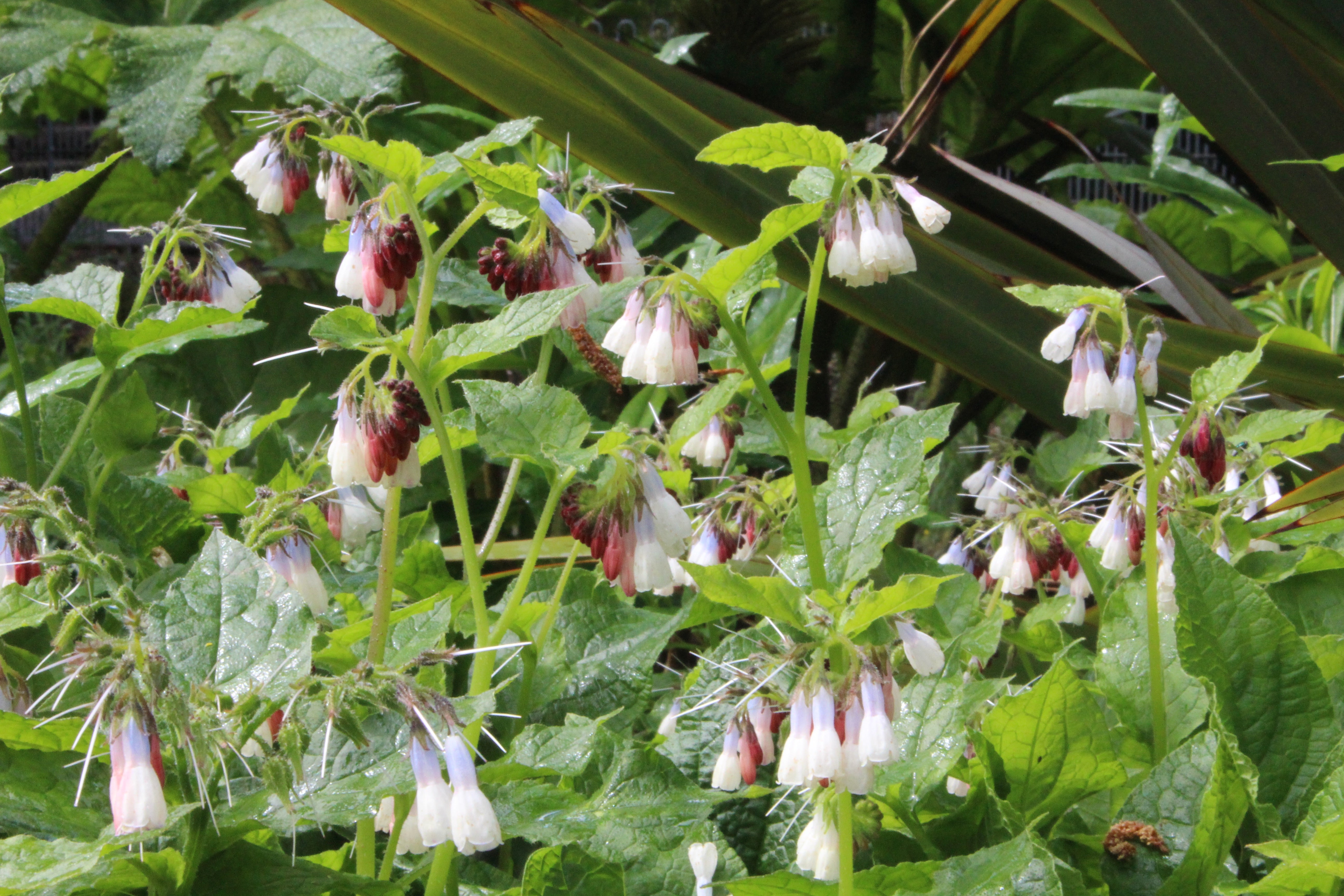Mertensia paniculata var. subcordata
Approx. 0.5 litre pot
About this cultivar:
Mertensia paniculata var. subcordata might actually be called Mertensia platyphylla var. subcordata but as I am trying to stick to the RHS names....The specific epithet is from the Latin sub, almost or not completely, and cordatus, cordate (with two equal rounded lobes at base) in reference to the leaf shape, literally meaning almost heart-shaped.
What about it? Basically a funky white-to-blue-bells that will love some part shade in a woody or shady area!
- Position: Full sun, Partial shade
- Soil: Almost any soil
- Flowers: March, April, May
- Other features: -
- Hardiness: H4 - Hardy through most of the UK (-10 to -5°C)
- Habit: Clump forming
- Foliage: Semi Evergreen
- Height: 15 - 45 cm (0.5 - 1.5 ft)
- Spread: 15 - 45 cm (0.5 - 1.5 ft)
- Time to full growth: 2 to 5 years
- Plant type: Herbaceous Perennial
- Colour: Green, blue, pink
- Goes well with: Hosta, Heuchera, Hellebore, ferns, and Ophiopogon
About this genus:
Mertensia is a genus of flowering plants in the family Boraginaceae (the borage- or forget-me-not family).They are perennial herbaceous plants with blue or sometimes white flowers that open from pink-tinged buds. Such a change in flower colour is common in Boraginaceae and is caused by an increase of pH in the flower tissue. Mertensia is one of several plants that are commonly called bluebell. In spite of their common name, the flowers are usually salverform (trumpet-shaped) rather than campanulate (bell-shaped).
Mertensia is native to most of North America and to a large part of Asia from western China to northeastern Russia, mostly restricted to alpine, subalpine, and montane habitats.
First described in 1753 by Swedish botanist Carl Linnaeus in his landmark Species Plantarum. Linnaeus placed five species in the genus Pulmonaria. However, in 1797 Albrecht Wilhelm Roth separated what are now M. virginica, M. maritima, and M. sibirica from Pulmonaria to form the genus Mertensia, named after the German botanist, Franz Carl Mertens (1764 - 1831). It got worse, there are currently about 45 to 150 species, depending on who you ask.
As you’d expect from the forget-me-not family Mertensia are easy to grow and flower for a long long time. Great for a natural feel in almost any soil from full-sun to part shade but best in and around trees and hedges in my opinion. Others may differ!
Try pairing your Mertensia with other shade tolerant, low growing plants like Hosta, Heuchera, Hellebore, ferns, and Ophiopogon.


